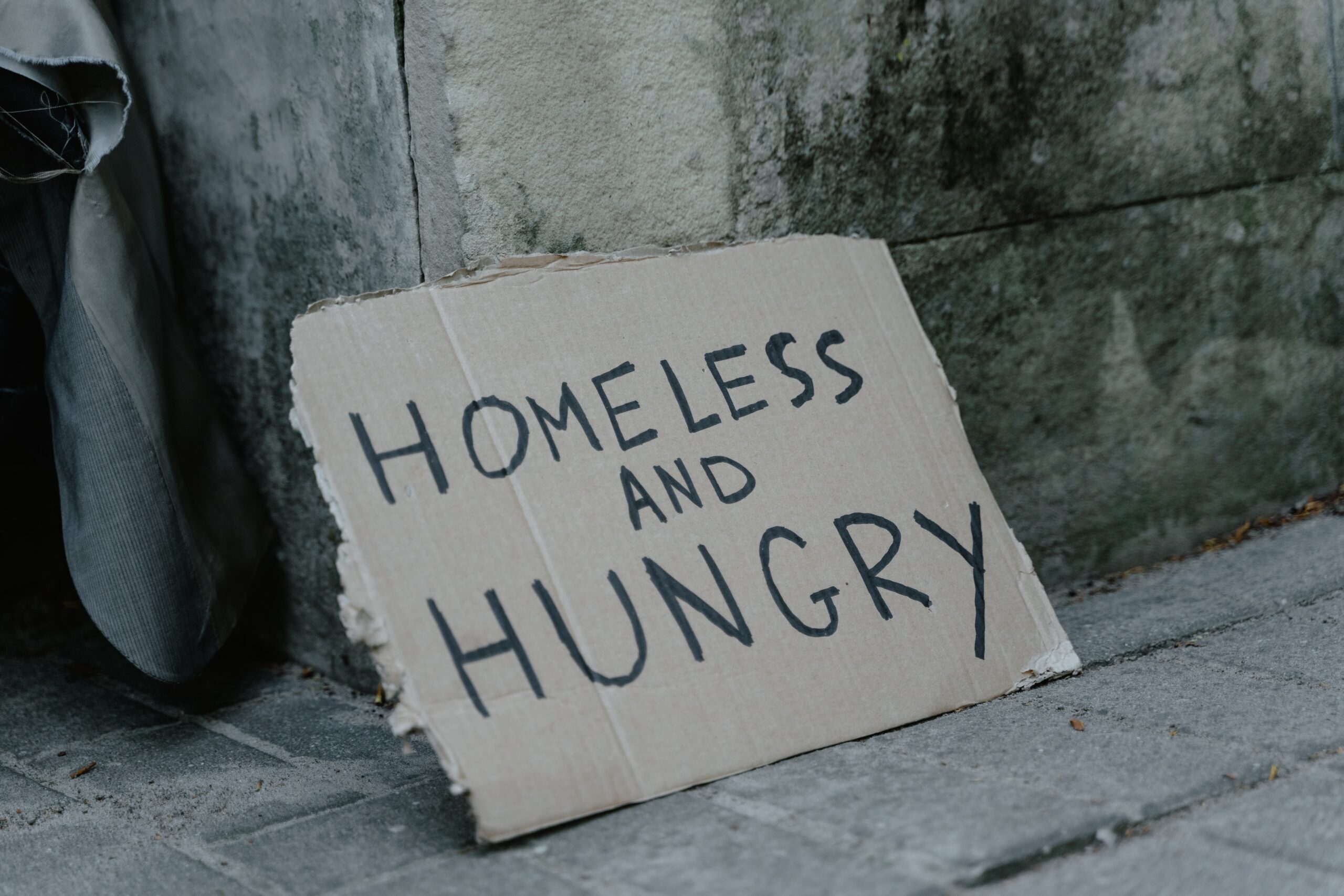
Homeless, Not Hopeless: Understanding and Addressing Homelessness
Homelessness, a severe societal issue that affects individuals worldwide, is characterized by more than just the absence of physical housing. It is a complex issue of social, economic, and personal circumstances that strip people of their fundamental human rights, dignity, and security. The hardships associated with homelessness are infinite, ranging from health concerns to societal rejection, and are extended by a combination of structural shortages, life occurrences, and individual circumstances. However, it is essential to note that there are various resources available for recovery, and preventative measures that can be implemented to avoid falling into this state of disorder.
What Does it Mean to be Homeless?
Homelessness is a state of hardship where individuals or families lack fixed, regular, and acceptable nighttime residence. This can include a wide range of living situations, from rough sleeping, living in shelters, temporary accommodation, or even staying with friends and family temporarily due to loss of housing or economic hardship. Thus, it’s not just those visibly sleeping on the streets; many individuals live in a state of hidden homelessness, irregularly housed, and often overlooked.
Factors Causing Homelessness
The causes of homelessness are varied and complex, involving the interaction of systemic issues, personal circumstances, and unforeseen events. They can be broadly classified into structural factors, institutional failures, and personal factors.
Structural Factors
Structural factors are societal issues that create an environment in which homelessness can occur. They include:
Economic Inequalities : Income inequality and poverty are significant contributors to homelessness. The gap between the rich and the poor can lead to a lack of affordable housing for lower-income individuals and families. Furthermore, when people live paycheck to paycheck, any unexpected expenses or loss of income can quickly lead to homelessness.
Unemployment : Job loss often results in the loss of income needed to maintain stable housing. The high unemployment rate, particularly during economic recessions, can increase the rate of homelessness.
Affordable Housing Crisis : The decreasing availability of affordable housing and the increased cost of living have created a housing crisis in many areas. As housing costs continue to rise, more and more individuals and families are unable to afford stable housing.
Institutional Failures
Institutional failures refer to instances where systems designed to support individuals and families fail, causing them to fall into homelessness. They include:
Healthcare System : The high cost of medical care can lead to medical bankruptcy, which can, in turn, lead to homelessness. In countries without universal healthcare, an unexpected health crisis can be financially devastating.
Mental Health and Addiction Services : Many homeless individuals struggle with mental health issues or substance use disorders. A lack of adequate mental health and addiction services can make it challenging for these individuals to maintain stable housing.
Justice System : Individuals released from prisons or juvenile detention centers often struggle to find stable housing and employment due to discrimination, leading to a higher risk of homelessness.
Personal Factors
Personal factors are individual circumstances that can lead to homelessness. They include:
Mental Health and Substance Use Disorders : Mental health issues and substance use disorders can make it challenging to maintain employment or manage finances, leading to a higher risk of homelessness.
Domestic Violence : Many individuals, particularly women and children, become homeless while trying to escape abusive relationships. They may choose homelessness as the only alternative to staying in a violent situation.
Family Breakdown : Relationship breakdowns or family conflict can lead to individuals leaving their homes, often with no place to go. This is particularly common among young people and may lead to youth homelessness.
Homelessness is the result of a complex interplay of various factors. Addressing homelessness effectively therefore requires a holistic approach that tackles these issues at their roots. This involves policy changes to address economic and social inequalities, reforms in institutional practices, and improved mental health and addiction services.
Resources for Recovery
Addressing homelessness requires an arsenal of resources aimed not only at providing immediate relief but also addressing the underlying causes of homelessness. These resources can be grouped into emergency services, short-term assistance, and long-term support services.
Emergency Services
Emergency services provide immediate relief to individuals facing homelessness. They typically include:
Shelters : Homeless shelters provide temporary housing for those in immediate need. They often provide additional services, such as meals, showers, and sometimes healthcare.
Soup Kitchens / Food Pantries : These organizations provide meals or groceries to those who are homeless or at risk of becoming homeless.
Crisis Centers : These provide immediate support for individuals in crisis situations, such as domestic violence victims. They can provide temporary housing, counseling, and help with finding longer-term solutions.
Short-term Assistance
Short-term assistance programs help homeless individuals start the transition back to self-sufficiency. They include:
Transitional Housing : These programs provide temporary housing for a specific duration, usually between six months and two years, coupled with supportive services such as job training, life skills training, and mental health services.
Job Training Programs : These programs provide skills training to help homeless individuals find stable employment.
Medical and Mental Health Services : Free clinics and organizations provide necessary healthcare, including mental health and substance abuse treatment.
Long-term Support Services
Long-term support services help individuals overcome the root causes of their homelessness. They include:
Permanent Supportive Housing (PSH) : PSH programs provide long-term housing and supportive services for chronically homeless individuals, particularly those with mental health issues or substance use disorders.
Affordable Housing Programs : Government and non-profit organizations offer programs to help low-income individuals and families afford stable housing. This can include public housing, subsidized housing, or housing vouchers.
Case Management Services : Case managers work with individuals to develop a plan for overcoming homelessness, connecting them with needed services, and providing ongoing support.
Education and Skill Development Programs : These aim to improve an individual’s employability and economic status. They might involve formal education programs, vocational training, financial literacy classes, etc.
In addition to these resources, it’s also vital to note the role of policy advocacy in addressing homelessness. Advocacy groups work to change policies and systems that contribute to homelessness, including affordable housing policies, healthcare access, and income inequality. By addressing these larger structural issues, we can create a society where homelessness is less likely to occur.
Homelessness Prevention
Preventing homelessness involves addressing its root causes before they lead to a crisis. Strategies can be broadly divided into societal-level and individual-level interventions.
Societal-Level Interventions
At the societal level, homelessness prevention requires systemic changes and policies that create economic stability and address social inequalities. Key strategies include:
Affordable Housing Policies : The development and preservation of affordable housing is a critical preventive measure. This might involve subsidizing housing costs, implementing rent control measures, or investing in public housing.
Income Support Programs : Government assistance programs like unemployment benefits, food assistance, and healthcare subsidies can help individuals maintain stable housing during financial crises.
Job Training and Employment Programs : Such programs can help unemployed individuals gain the skills they need to secure stable employment and earn a livable wage.
Accessible Healthcare : Universal healthcare, or at least policies that make healthcare more affordable, can prevent medical emergencies from leading to homelessness.
Mental Health and Substance Abuse Services : By making these services widely accessible, individuals can receive the help they need before their conditions lead to a crisis.
Individual-Level Interventions
At the individual level, interventions focus on helping people build the skills and resources they need to maintain stable housing. These might include:
Financial Literacy and Planning : Teaching individuals how to manage money, save for emergencies, and plan for the future can prevent financial crises that lead to homelessness.
Education and Skill Development : Increasing an individual’s employability can help them secure stable employment and a reliable income.
Support Networks : Strong social and community support networks can provide a safety net for individuals facing a crisis.
Community Involvement
Community involvement is also crucial in preventing homelessness. Local businesses, schools, religious groups, and individuals can support non-profit organizations that work to prevent homelessness through donations, volunteering, and advocacy.
Preventing homelessness requires a comprehensive approach that addresses the complex interplay of economic, societal, and personal factors that contribute to homelessness. By providing affordable housing, ensuring access to critical services, and equipping individuals with the skills they need to maintain stable housing, we can significantly reduce the risk of homelessness.
Conclusion
The hardships of homelessness are multifaceted and deeply ingrained in societal structures, economic factors, and personal circumstances. However, through the right blend of policy changes, community support, and personal resilience, it is possible to mitigate these challenges. By broadening our understanding of the causes and effects of homelessness, we can better empathize with those struggling with homelessness, providing resources to help them recover and implementing strategies to prevent this crisis from continuing to unfold. In the fight against homelessness, every effort matters – from systemic overhaul to individual acts of kindness and understanding. Together, we can build a world where homelessness is an exception, not a harsh reality for many.

Discover the Hardship Center, a valuable resource for understanding financial hardship programs available to the public. Learn how professional assistance can help maximize the benefits of these programs and make a significant difference in consumers’ lives.






